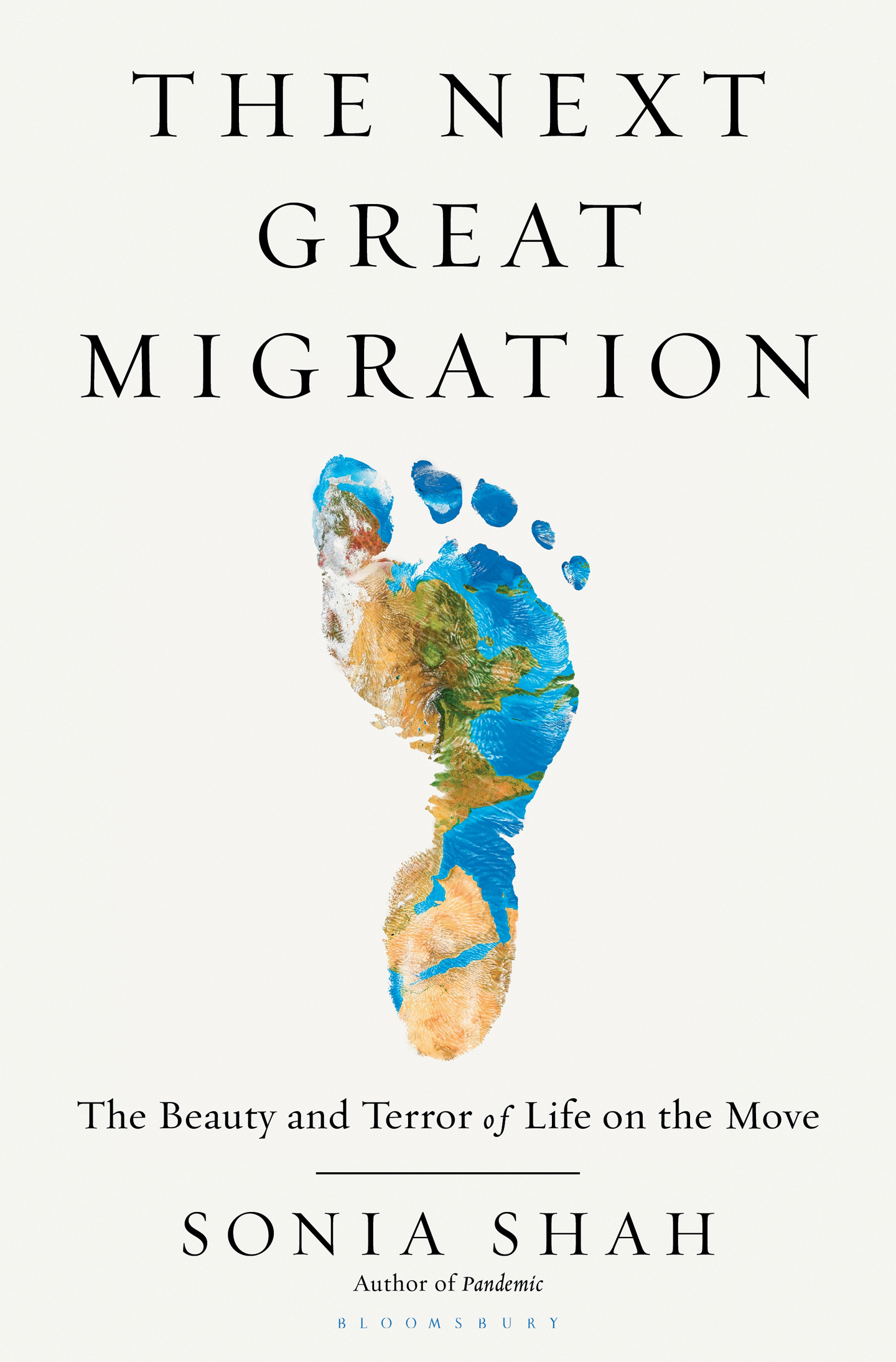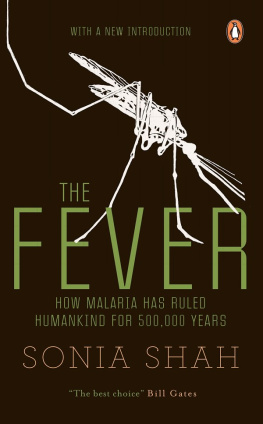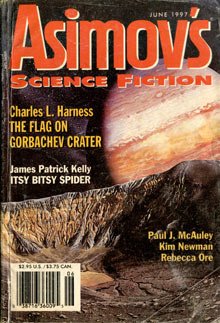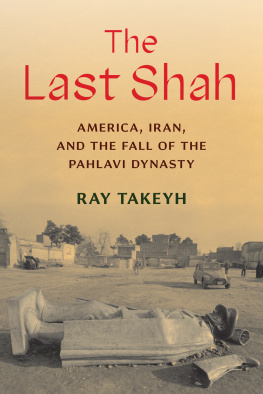Sonia Shah - The Next Great Migration
Here you can read online Sonia Shah - The Next Great Migration full text of the book (entire story) in english for free. Download pdf and epub, get meaning, cover and reviews about this ebook. publisher: Bloomsbury Publishing, genre: Detective and thriller. Description of the work, (preface) as well as reviews are available. Best literature library LitArk.com created for fans of good reading and offers a wide selection of genres:
Romance novel
Science fiction
Adventure
Detective
Science
History
Home and family
Prose
Art
Politics
Computer
Non-fiction
Religion
Business
Children
Humor
Choose a favorite category and find really read worthwhile books. Enjoy immersion in the world of imagination, feel the emotions of the characters or learn something new for yourself, make an fascinating discovery.

- Book:The Next Great Migration
- Author:
- Publisher:Bloomsbury Publishing
- Genre:
- Rating:5 / 5
- Favourites:Add to favourites
- Your mark:
- 100
- 1
- 2
- 3
- 4
- 5
The Next Great Migration: summary, description and annotation
We offer to read an annotation, description, summary or preface (depends on what the author of the book "The Next Great Migration" wrote himself). If you haven't found the necessary information about the book — write in the comments, we will try to find it.
The Next Great Migration — read online for free the complete book (whole text) full work
Below is the text of the book, divided by pages. System saving the place of the last page read, allows you to conveniently read the book "The Next Great Migration" online for free, without having to search again every time where you left off. Put a bookmark, and you can go to the page where you finished reading at any time.
Font size:
Interval:
Bookmark:


To the transplants and the dislocated and those still en route,
who poured me tea and shared their stories
ALSO BY SONIA SHAH
Pandemic: Tracking Contagions, from Cholera to Ebola and Beyond
The Fever: How Malaria Has Ruled Humankind for 500,000 Years
The Body Hunters: Testing New Drugs on the Worlds Poorest Patients
Crude: The Story of Oil

CONTENTS
No other mammal moves around like we do. We jump borders. We push into new territory even when we have resources where we are Theres a kind of madness to it. Sailing out into the ocean, you have no idea whats on the other side. And now we go to Mars. We never stop. Why?
Svante Pbo
They did what human beings looking for freedom, throughout history, have often done. They left.
Isabel Wilkerson
Borders? I have never seen one. But I have heard they exist in the minds of some people.
Thor Heyerdahl
LIST OF MAPS
The early spring sky is a deep saturated blue next to the muddy brown of the dry, scrubby hills of the San Miguel Mountains in southern California. Save for the thrum of a distant bulldozer, this open, unassuming place is quiet. Its visually calm, too, with few dramatic features: just sandy, sunbaked ground, gentle slopes, and low shrubs and grasses of varying russet shades. The hills seem to continue indefinitely into the distance, crisscrossed by rutted dirt roads and thin walking trails.
The creatures Ive come to see are equally unassuming. Euphydryas editha , aka Ediths checkerspot butterflies, are so slight and unobtrusive that they would be barely detectable in any amateurish photograph I might shoot on the iPhone tucked into my back pocket. The plant they live and feed on, the dwarf plantago, is equally modest. It grows just a few inches high, with needle-like leaves and tiny, translucent white flowers on thin stalks. Its about as dazzling as dry grass. You could easily crush it underfootas I didwithout noticing its presence at all.
The butterfly expert accompanying methe perfectly named Spring Strahmbrought me here, bouncing along in her four-wheel-drive truck, over roads that had been closed to the public since 2015. Finding a checkerspot butterfly in these mountains, she tells me, is kind of like seeing a unicorn, but shes famously good at it.
We amble slowly into the hills, Strahm occasionally dropping to hands and knees to inspect some low-growing grasses for hidden butterflies and turn over a few leaves in search of caterpillars. After the better part of an hour, having acquired nothing beyond a few rivulets of sweat, she decides weve had enough. Its time to head back to the truck and try to find the elusive checkerspot elsewhere. I unscrew my water bottle for a quick swig, adjust my backpack, and follow her back down the trail.
A few minutes later, she stops short. She stands there unmoving, blocking the path. Then I notice she is staring at the wizened hiking boots on her feet. I look down. A low fluttering cloud of butterflies hovers around our ankles.

Id come to see the checkerspots thanks to Camille Parmesan. With her mane of dark curls and ice-blue eyes, Parmesan could pass as an earthy, compact version of Wonder Woman, if Wonder Woman liked dirt and bugs instead of lassoes and invisible jets and spoke in regional slang. Parmesan grew up in an Italian family in Texas. She freely uses the word aint and prefers honker over large , and out the wazoo over abundant .
Parmesan first started studying checkerspots as a graduate student in ecology in the 1980s, after giving up on the study of birds (they wake up too early), lab-reared primates (too unnatural), and honeybees (too many stings). She liked butterflies, she says, because they were easy to watch in their natural environment and amenable to manipulation. Shed spent her childhood camping out with her mom, studying field guides and identifying plants and birds. Her mother loved botany but by profession was a geologist, working, like many in Parmesans Texan family, in the oil industry. Shed provided her daughter with a uniquely geological spin on her camp-side botanical teachings. From her, Parmesan had learned about the deep history of wild species through geological time, about how theyd advance northward during warm periods and then retreat during cold ones, rising and falling along with the ice ages.
By the time she entered the world of checkerspot biology, conditions were dire for the fields diminutive subject. She knew, from dusty museum records and the prodigious personal collections of amateur butterfly enthusiasts, that the checkerspot had once been common, with colonies up and down the mountainous west coast of North America, from Baja California in Mexico to British Columbia in Canada. Legend had it that one enterprising butterfly collector had caught masses of them just by riding his motorcycle along the coast, one arm extended, butterfly net in hand. But for years their numbers had been declining.
The reason was pretty clear to most ecologists. The checkerspot was not able to really move much. As fuzzy black caterpillars, they rarely inched more than a handful of feet from the plants from which they hatched. Even after they unfurled their spotted wings, they stayed low to the ground and close to home, rarely flying more than a few meters from the scenes of their metamorphoses. Wind or rain would send them clambering with their thin spindly legs to the base of their dwarf plantagos, settling as low to the ground as possible to prevent their delicate bodies from being inadvertently swept away in a gust. They were widely known, in the field, as sedentary, the entomological equivalent of homebodies.
Meanwhile they were getting squeezed. The dwarf plantagos they preferred were drying out in the southern part of their range, as the carbon-torched climate in northern Mexico grew hotter and drier. The urban sprawl of growing cities such as Los Angeles and San Francisco, meanwhile, swallowed up the gentle, sun-drenched slopes of the northern end of their range. Trapped between climate change on one end and urban expansion on the other, the checkerspot, most butterfly experts believed, was doomed.
It was a pretty simple story, being told in a range of variations across the globe. Parmesan had no illusions about changing the basic plotline, but she thought she might be able to document the specific ways in which the butterfly responded to the pressures it faced. A few of the colonies might exhibit some subtle local adaptation, perhaps, or emit some striking signal before their inevitable collapse. If she conducted a proper census, then crunched the data, with some sophisticated statistical analyses she might be able to scrape a passable dissertation out of it. Her research would be, in a way, an elaborate documentation of a species death throes, but thats what a lot of ecology had become in this age of mass extinctions. There were worse ways to get a PhD.
Plus, the butterflies hatched in glorious spring weather, didnt wake up until ten A.M ., and were most easily spotted on sunny windless days. For four years, Parmesan spent her summers driving up and down the West Coast, hunting for butterflies by day and camping out in the mountains by night.
Font size:
Interval:
Bookmark:
Similar books «The Next Great Migration»
Look at similar books to The Next Great Migration. We have selected literature similar in name and meaning in the hope of providing readers with more options to find new, interesting, not yet read works.
Discussion, reviews of the book The Next Great Migration and just readers' own opinions. Leave your comments, write what you think about the work, its meaning or the main characters. Specify what exactly you liked and what you didn't like, and why you think so.








